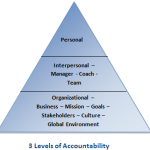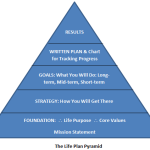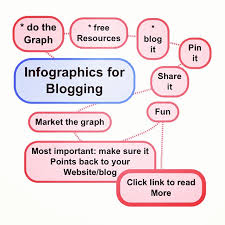 Many professional business blogs need ghost writers. How else can busy professionals maintain quality content and frequent publishing schedules?
Many professional business blogs need ghost writers. How else can busy professionals maintain quality content and frequent publishing schedules?
What about you and your blog? How can you consistently publish on your professional business blog and never have to worry about coming up with ideas, researching facts and stats, and writing compelling, quality content that solves problems for your readers?
I’d like to tell you an easy answer, like, “All you need to do is outsource!” But it’s not at all easy to find quality ghost blog writers who understand your business and clients, is it?
Here are some other objections I hear from my blog consulting clients about outsourcing to ghost writers, along with my responses: Read More→














